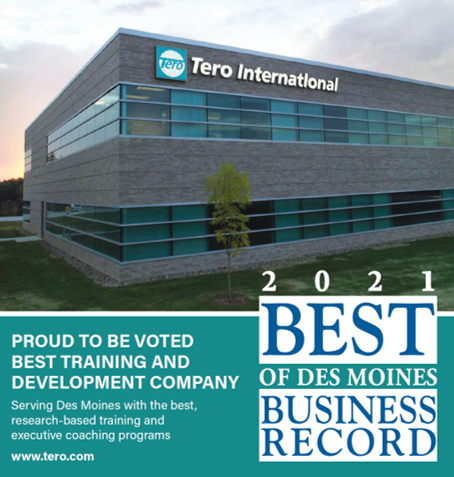
Pre-pandemic, tipping wait staff in the U.S. was customary and expected, with ranges from 15-20%. Tip expectations and norms were increasing. St. Louis Magazine dining editor, George Mahe, shared that in 2018, “25% is becoming the new 20,” with 20% perceived as “respectable” but not “great.” Due to the fact that salaries in the service industry were lower, the tip was expected to close the gap and create a decent take home wage for wait staff.
Did the pandemic affect tips?
According to an article by Vox, “a survey of 1,600 tipped workers from UC Berkeley and the nonprofit One Fair Wage showed that more than 80% of workers reported that their tips actually declined during the pandemic, and 78% witnessed or experienced “hostile behavior” from customers when asking them to comply with Covid19 protocols.“
Ofer Azars, an economics professor at Israel’s Ben-Gurion University of the Negev, researches tipping. His research indicates the various historical reasons people in the U.S. traditionally tipped. Here they are:
- 60% tip out of guilt
- 44% tip out of embarrassment
- 85% tip due to social norms
- 67% tip because wait staff depend on it
- 14% tip to ensure future service
Did these reasons, like most things, change due to the pandemic?
Covid 19 and its aftermath created differences in how wait staff could connect with customers. Pre-Covid, interpersonal skills displayed by wait staff positively affected tips.
- If wait staff introduced themselves, their average tip is 53% greater than those that do not.
- If wait staff lowered themselves while talking to the customer to increase and level eye contact, tips increase from 15-18%.
- If wait staff wrote thank you, or drew a happy face on the bill, they receive 18-20%.
- If wait staff simply smiled, tips increase 14%.
Masks, social distance, and paperless menus resulted in less interpersonal interactions between wait staff and customers. The tipping decrease occurred even though the job of wait staff hardly became easier due to ensuring sanitary standards and Covid protocols.
An interpersonal response to the decrease in tipping might be to add another reason for tipping to the list researcher Azars identified. Respect.
Respect is a demonstration of our values. It has nothing to do with the other party. It indicates how we show up and relate to others in the world.
The pandemic-induced tipping decrease creates an opportunity for us to consciously figure out how to close not only the pay gap in the service industry, but the gap in how we as customers treat and value those who serve.





















